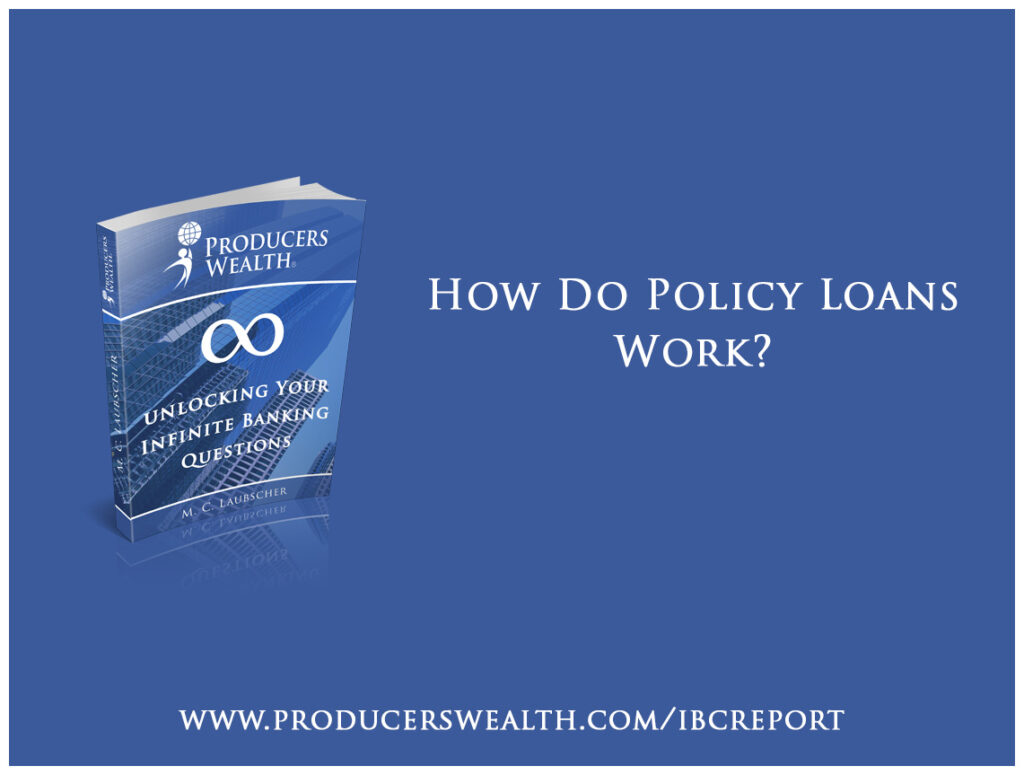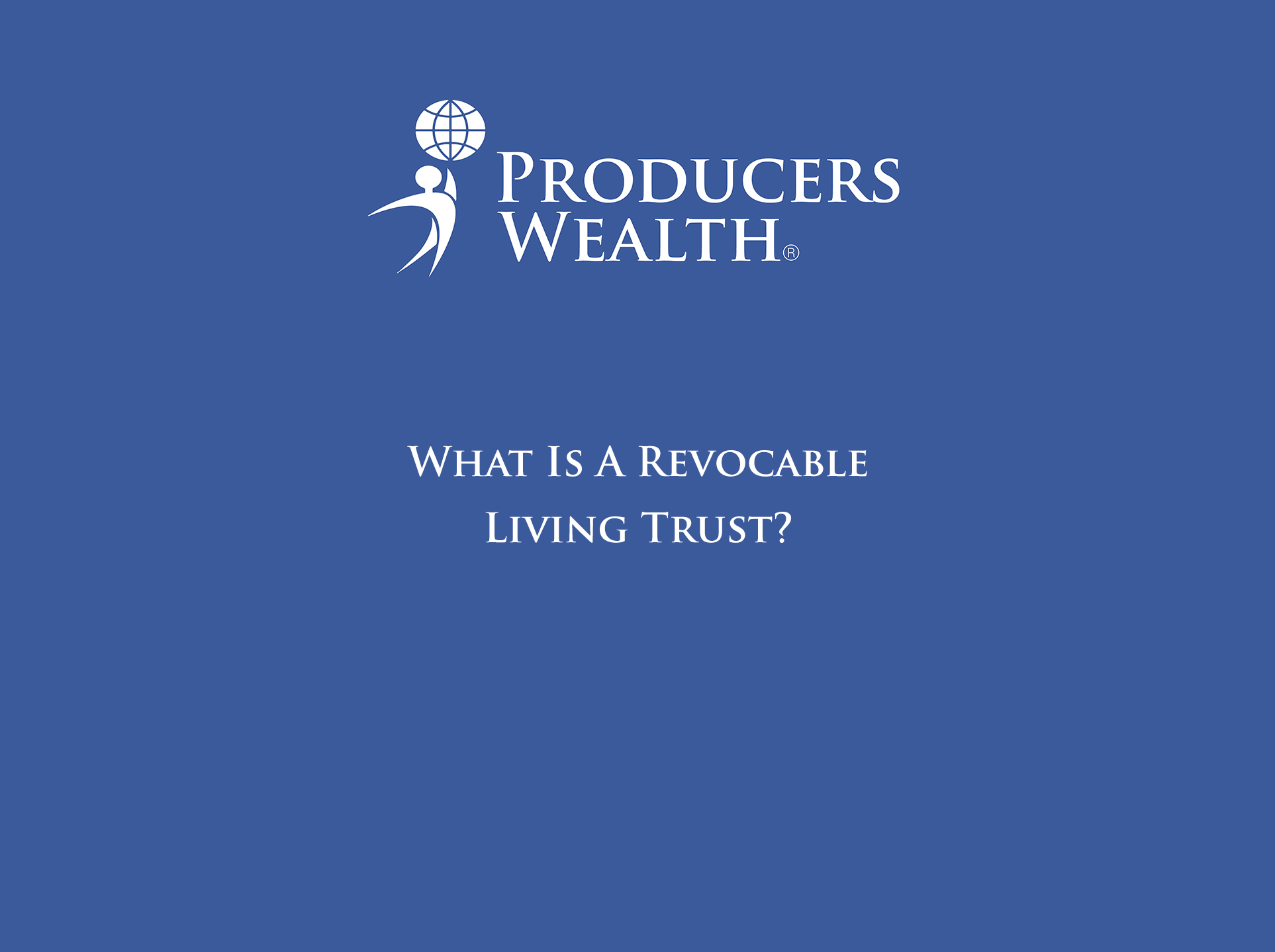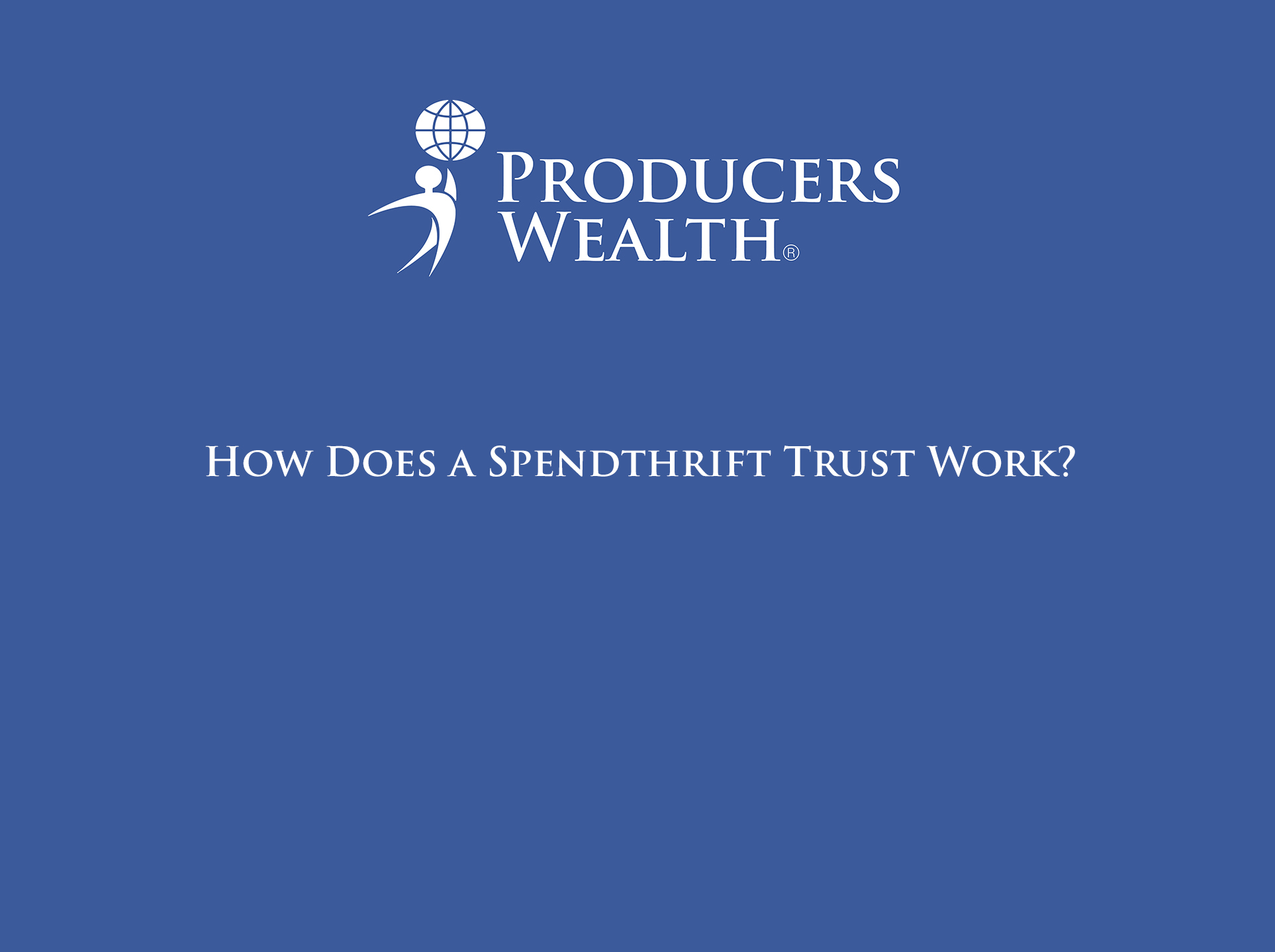
When you take a policy loan against the cash value of your whole life insurance policy, you’re essentially using the cash value as collateral to borrow money from the insurance company.
This process allows you to access funds without drawing down the cash value directly, enabling the cash value to continue growing tax-free with uninterrupted compounding.
As a result, you can use the policy loan to invest in other assets while your cash value remains invested within the policy.
This concept is often referred to as having your money do “double duty.”
Double Duty
Here’s a step-by-step explanation of how this process works:
Collateralization: When you request a policy loan, the insurance company uses your whole life policy’s cash value as collateral. This means that the cash value remains invested within the policy, continuing to earn dividends or interest, while you receive a loan for a portion of the cash value amount.
When you compare your life insurance policies cash value to other assets that can be placed as collateral for a line of credit, you can see that your life insurance policies cash value checks all the boxes.

Uninterrupted compounding: Since you’re not withdrawing the cash value directly, it remains invested in the policy and continues to grow tax-free with uninterrupted compounding. This allows your cash value to potentially increase over time, even as you’re using the loaned funds for other purposes.
Tax-free growth: The growth within a whole life insurance policy’s cash value is tax-deferred, meaning you don’t pay taxes on the gains as long as the policy remains in force. This tax-free growth allows the cash value to compound more efficiently over time.
Policy loan usage: You can use the policy loan to invest in other assets, such as real estate, stocks, or a business venture, providing you with an additional avenue for wealth accumulation. This allows you to leverage your whole life policy’s cash value to diversify your investments and create multiple streams of income.
Double duty: By collateralizing the cash value in your whole life policy and using the policy loan to invest in other assets, your money is effectively doing “double duty.” It’s growing within the policy tax-free and compounding uninterrupted, while simultaneously being used to invest in other assets, potentially generating additional returns.
It’s important to note that taking a policy loan involves risks and responsibilities, such as repaying the loan with interest and ensuring the loan balance does not exceed the policy’s cash value.
If the loan is not repaid, the outstanding balance, including interest, will be deducted from the policy’s cash value and death benefit.
How To Get A Policy Loan
Here’s an overview of how policy loans work:
Eligibility: To take out a policy loan, you need to have a permanent life insurance policy with accumulated cash value. The cash value serves as collateral for the loan, which means you can typically borrow up to a certain percentage of the cash value (usually around 90%).
Application: To initiate a policy loan, you’ll need to contact your insurance company or agent and complete a loan request form. The process is usually straightforward and quick, as there’s no credit check or lengthy approval process since the loan is secured by your policy’s cash value.
Loan amount: The amount you can borrow depends on your policy’s cash value and the specific terms set by your insurance company. Generally, you can borrow up to a certain percentage of the cash value (90-95%), which allows you to maintain a portion of the cash value as collateral.
Interest rate: Policy loans come with interest rates that are set by the insurance company. These rates are usually lower than those for personal loans or credit cards, as the loan is secured by the cash value. The interest is typically not tax-deductible.
Repayment: One of the key features of policy loans is their flexible repayment terms. You’re not required to follow a strict repayment schedule, and you can repay the loan at your own pace. However, it’s essential to be aware that the interest on the loan will continue to accrue and compound over time, increasing the outstanding loan balance.
Impact on policy: If you don’t repay the loan, the outstanding balance, including interest, will be deducted from the policy’s cash value and death benefit. This reduces the amount your beneficiaries will receive when you pass away. If the loan balance exceeds the cash value, the policy may lapse, resulting in a loss of coverage and potential tax consequences.
Tax implications: Policy loans are generally tax-free as long as the policy remains in force. However, if the policy lapses or is surrendered with an outstanding loan balance, the portion of the loan that exceeds the policy’s cost basis (total premiums paid) may be considered taxable income.
Direct Recognition & Non-direct Recognition of Policy Loans
Direct and non-direct recognition are two different methods used by life insurance carriers to treat loans on whole life policies.
The primary difference between the two lies in how the insurance company accounts for policy loans when determining dividends or interest credits.
Here’s a comparison of direct and non-direct recognition life insurance carriers:
Direct Recognition:
In a direct recognition system, the insurance company directly recognizes the policy loan when calculating dividends or interest credits for the policy. When a policyholder takes out a loan against their policy, the insurance company adjusts the dividend or interest rate applied to the borrowed portion of the cash value.
Typically, the insurance company will apply a lower dividend rate or interest credit to the loaned portion of the cash value. This means that while the policyholder is still earning dividends or interest on the borrowed amount, the rate of return is lower than it would have been without the loan.
Non-Direct Recognition:
Under a non-direct recognition system, the insurance company does not consider the policy loan when calculating dividends or interest credits. The policy continues to receive the same dividend rate or interest credit on the entire cash value as if no loan had been taken.
In this case, policyholders essentially receive the same return on their cash value, whether or not they have an outstanding loan. This can lead to an arbitrage opportunity, where the policyholder earns a higher rate of return on their cash value than the interest rate charged on the policy loan.
Which is better?
There’s no one-size-fits-all answer to whether direct or non-direct recognition is better, as the ideal choice depends on individual preferences and financial goals.
Some policyholders may prefer non-direct recognition carriers for the potential arbitrage opportunity, while others may choose direct recognition carriers for their typically more conservative and stable dividend rates.
It’s essential to carefully review the specific features and provisions of a whole life insurance policy, including the treatment of policy loans, when selecting an insurance carrier.
While both direct and non-direct recognition methods have their advantages and drawbacks, there are certain reasons why some policyholders might consider direct recognition to be better when it comes to policy loans on whole life policies.
Here is why direct recognition could be a better strategy:
Stability of dividends: Direct recognition carriers may offer more stable dividend rates because they account for policy loans when determining dividends. By adjusting the dividend rate for the loaned portion of the cash value, the insurance company can manage its overall dividend payout more effectively. This stability can be beneficial for policyholders seeking more predictable returns on their policies.
Responsiveness to market conditions: Direct recognition carriers can adjust the dividend rate on the loaned portion of the cash value in response to changing market conditions. This means that when interest rates rise, the insurance company can increase the dividend rate on the borrowed portion, providing the policyholder with a higher return. Conversely, when interest rates fall, the carrier can decrease the dividend rate on the loaned portion, helping to protect its financial stability.
Incentive for loan repayment: Direct recognition can provide a financial incentive for policyholders to repay policy loans. Since the dividend rate or interest credit applied to the loaned portion of the cash value is typically lower, policyholders might be more motivated to repay loans and restore their policy’s cash value to its full earning potential.
A Life Insurance Line of Credit (LILOC)
A Life Insurance Line of Credit (LILOC) is a financial product offered by banks and financial institutions that allows policyholders to use their whole life insurance policy’s cash value as collateral to secure a line of credit.
This offers policyholders a way to access the cash value in their policy without taking a policy loan directly from the insurance company.
Whole life insurance policyholders of direct recognition carriers can use a LILOC to access funds while still benefiting from the full dividend payouts and other advantages of their policies.
Here’s how a LILOC works and its benefits for policyholders of direct recognition life insurance carriers:
Application process: To obtain a LILOC, a policyholder needs to apply at a bank or financial institution that offers this product. The lender will review the policy details, including the cash value, death benefit, and the financial strength of the issuing insurance company. If approved, the lender will establish a line of credit using the policy’s cash value as collateral.
Access to funds: A LILOC allows policyholders to draw funds from the line of credit as needed, up to the approved credit limit. The interest rate on a LILOC is typically variable, based on prevailing market rates, and may be lower than the interest rate charged on policy loans by the insurance company.
Dividend payouts: Since a LILOC is a separate financial product and not a policy loan from the insurance company, the direct recognition carrier continues to pay the full dividend rate on the entire cash value of the policy. This allows policyholders to benefit from the full dividend payouts while still accessing their policy’s cash value through the LILOC.
Flexible repayment: A LILOC usually has flexible repayment terms, allowing policyholders to repay the borrowed amount at their own pace. However, it’s essential to keep in mind that interest will accrue on the outstanding balance, and the policy’s cash value remains collateral until the line of credit is fully repaid.
No impact on policy performance: Since a LILOC is a separate financial product, borrowing against the line of credit does not directly affect the policy’s cash value or death benefit. As long as the policyholder maintains their premium payments and the policy remains in force, the policy’s performance will not be impacted by the LILOC.
A LILOC can be an attractive financial tool for whole life insurance policyholders of direct recognition carriers, allowing them to access their policy’s cash value while still benefiting from the full dividend payouts and other advantages of their policies.
Watch all of our educational videos on Infinite Banking here.
Disclaimer and Waiver
Michiel Laubscher & Laubscher Wealth Management LLC is not an investment advisor and is not licensed to sell securities. None of the information provided is intended as investment, tax, accounting, or legal advice, as an offer or solicitation of an offer to buy or sell, or as an endorsement, of any company, security, fund, or other offerings. The information should not be relied upon for purposes of transacting securities or other investments. Your use of the information contained herein is at your own risk. The content is provided ‘as is’ and without warranties, either expressed or implied. Michiel Laubscher & Laubscher Wealth Management LLC does not promise or guarantee any income or specific result from using the information contained herein and is not liable for any loss or damage caused by your reliance on the information contained herein. Always seek the advice of professionals, as appropriate, regarding the evaluation of any specific information, opinion, or other content.





